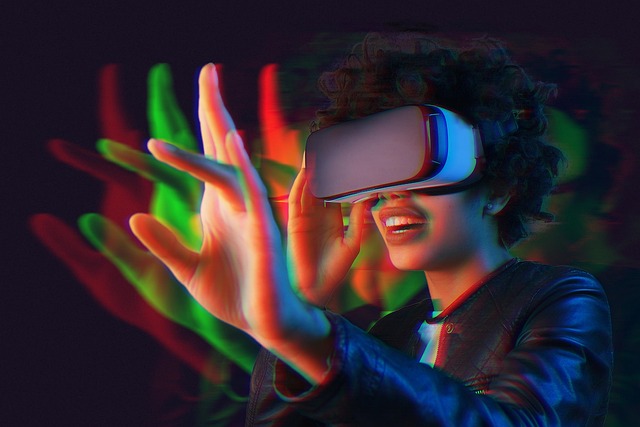Pioneering the Digital Stage: Virtual Reality in Theater
The digital age has undoubtedly revolutionized art and entertainment in ways that were previously unimaginable. One of the most intriguing advancements is the application of Virtual Reality (VR) in theater. Far from being a mere trend, VR has become an innovative tool that is reshaping the way performances are produced and experienced. This article delves into the advent of VR in theater, its current implications, and the impact it holds for the future of performing arts.

Inception: Tracing the Roots of VR in Theater
Virtual Reality in theater is a comparatively new phenomenon, but the roots of this innovation can be traced back to the 1960s. The Sensorama, a machine developed by Morton Heilig, offered a multi-sensory cinematic experience akin to VR. However, it wasn’t until the 21st century that VR technology became more accessible and started to make its presence felt in theater. The Royal Shakespeare Company’s 2016 production of “The Tempest” was a landmark moment, featuring the first live motion capture of an actor for a virtual character in a theatrical performance.
Into the Spotlight: VR’s Current Stance in Theater
Fast forward to the present day, and VR is steadily gaining momentum in the theater world. In recent years, several productions have integrated VR to provide immersive experiences. These include “Draw Me Close,” a VR memoir that allows audience members to interact with characters, and “The Under Presents,” a fusion of VR, theater, and gaming. The ongoing pandemic has further accelerated the trend with many theaters turning to VR during lockdowns to continue engaging audiences.
Impact and Reception: Evaluating VR’s Contribution to Theater
The use of VR in theater has been met with mixed reactions. On one hand, it has been lauded for its ability to create immersive, personalized experiences that traditional theater cannot provide. VR allows audiences to become active participants, breaking down the fourth wall and fostering a deeper emotional connection.
However, critics argue that VR can detract from the communal experience that is integral to theater. Some also express concerns about accessibility, as not everyone can afford VR equipment. Despite these concerns, the general consensus leans towards VR’s potential to revolutionize theater.
Looking Ahead: The Future of VR in Theater
As VR technology continues to evolve, its use in theater is expected to become more prevalent. We can anticipate more productions experimenting with VR and perhaps even the emergence of VR-specific theaters. Moreover, VR could become a powerful tool for inclusivity, making theater accessible to those who cannot attend live performances.
Yet, the future of VR in theater is not without challenges. The industry must address issues of affordability and the risk of alienating audiences who prefer traditional theater experiences. Nevertheless, the potential rewards make navigating these challenges worthwhile.
In conclusion, Virtual Reality is undeniably altering the landscape of theater. While it may never replace the magic of traditional theater, it offers a new form of artistic expression that could redefine our perception of performing arts. As we stand on the precipice of this digital stage, one thing is clear - the theater of the future will be a blend of the physical and virtual, the real and the imagined.




